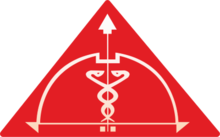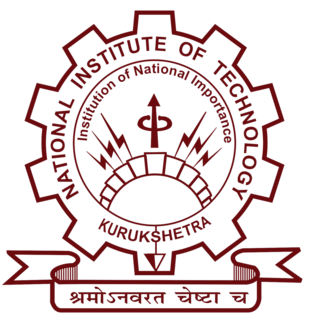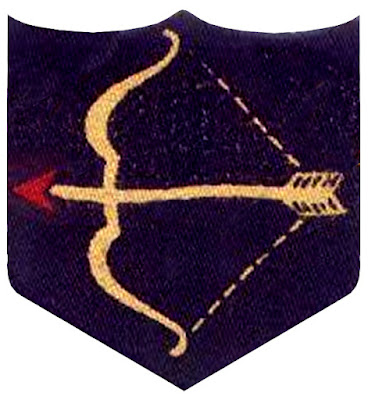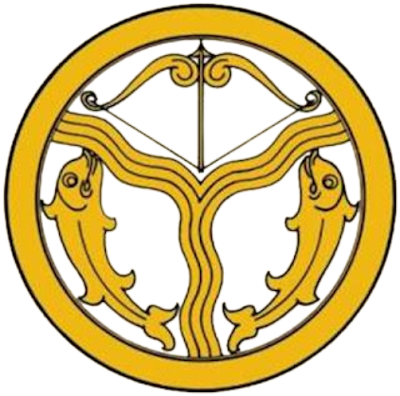SRI RAMACHANDRA INSTITUTE OF HIGHER EDUCATION AND RESEARCH

SRI RAMACHANDRA INSTITUTE OF HIGHER EDUCATION AND RESEARCH Sri Ramachandra Institute of Higher Education and Research (SRIHER) (Deemed to be University) previously known as SRMC & RI (DU), had its origin as Sri Ramachandra Medical College and Research Institute which was established by Sri Ramachandra Educational and Health Trust in the year 1985. Sri Ramachandra Medical College and Research Institute became a Deemed University in September, 1994. Its red triangular emblem with rounded corners has a bow and arrow. This symbolises Lord Rama or Ramachandra and the bow is depicted as a staff with an arrow head and pair of entwined Aesculapian serpents symbolising medicine. The triangle’s vortex is pointing upwards, meaning towards prosperity and growth. The colour red symbolises the medical profession and trust.



